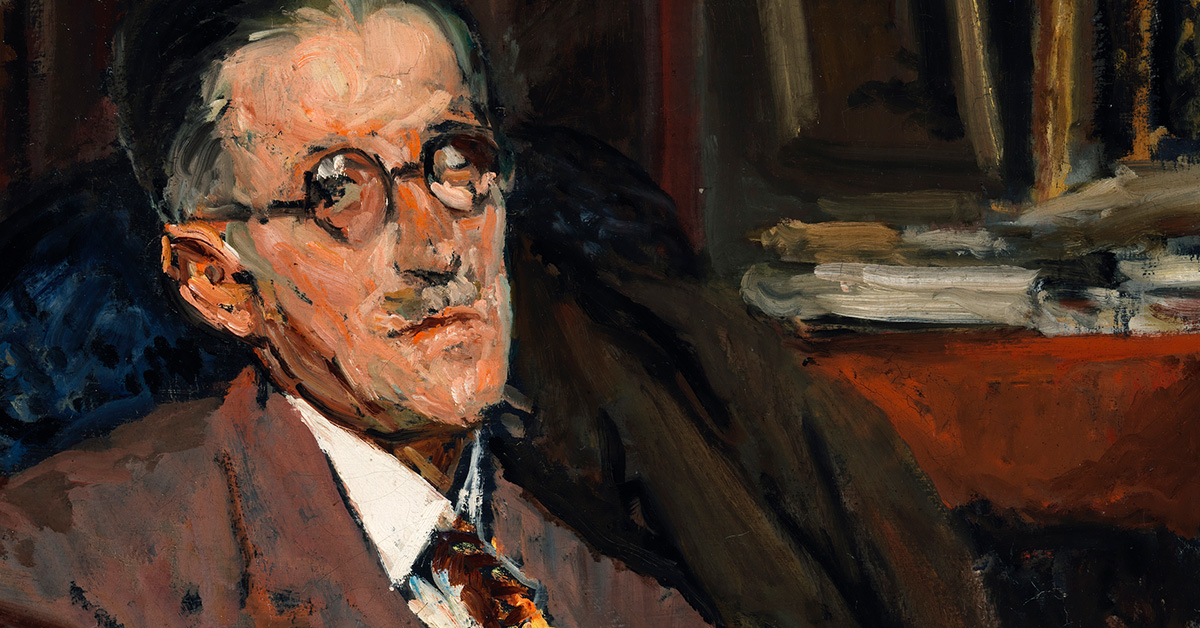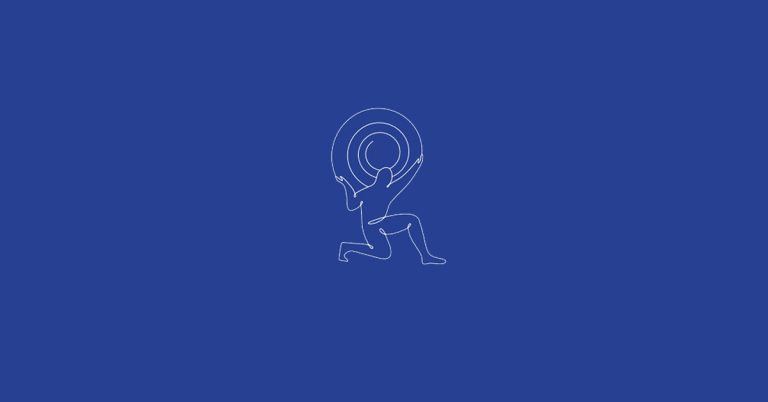
by Richard Barlow and Paul Fagan
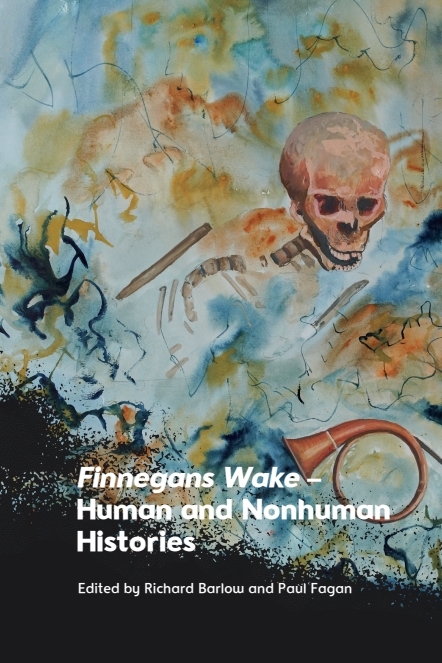
Finnegans Wake – Human and Nonhuman Histories explores the productive tension between historicist and nonhuman readings of James Joyce’s Finnegans Wake
What is this?
It’s a blog about Finnegans Wake – Human and Nonhuman Histories, an exciting new essay collection on the work of Irish author James Joyce.
Why is it a Q&A?
We thought this format would be suitable given that Joyce used it to great comic effect in sections of his landmark modernist novels, such as the notorious ‘Ithaca’ episode of Ulysses and the ‘Quiz Show’ chapter of Finnegans Wake.
And who are you?
We’re Richard Barlow (University of St Andrews) and Paul Fagan (LMU Munich), the editors of Finnegans Wake – Human and Nonhuman Histories. We’ve researched and published on Joyce’s Finnegans Wake for about 15 years and we’re elected members of the International James Joyce Foundation Board of Trustees.
Ok, so what’s your book about?
It’s a collection of essays from a group of world-leading scholars on Finnegans Wake, Joyce’s final, most ambitious text. It focuses on the idea that, in writing this experimental novel, Joyce created a new way of depicting the histories of human societies by foregrounding their interdependencies with the environment, animal life, and technology. What’s particularly striking is how this approach allows Joyce to explore the interrelation of human and nonhuman histories across vast planetary timeframes, and from scales that range from the atomic to the cosmic.
Why did you put this book together?
We wanted to show that Finnegans Wake remains a vital, relevant text that offers 21st-century readers alternative ways of thinking about the deep connections between humanity, technology, animal life, and the environment. This is obviously an urgent topic given the pressing need to rethink our relationship with other forms of life on this planet. But there have also been exciting theoretical and methodological developments in nonhuman studies and environmental humanities over the last decade that we believed could advance readers’ understanding of what Joyce is aiming to achieve in his complex final work.
What did Joyce want to accomplish with this strange book?
Joyce spoke about Finnegans Wake being ‘a history of the world’ which suggests initially, perhaps, an interest in the history of the human world. But in describing his working practices, he used earthy, environmental terms: ‘It is like a mountain that I tunnel into from every direction, but I don’t know what I will find.’ He also appears to have conceived of the book as an encounter between Irish cultural memory and ecology, as when he reportedly described the Wake as ‘the dream of old Finn, lying in death beside the river Liffey and watching the history of Ireland and the world – past and future – flow through his mind like flotsam on the river of life.’
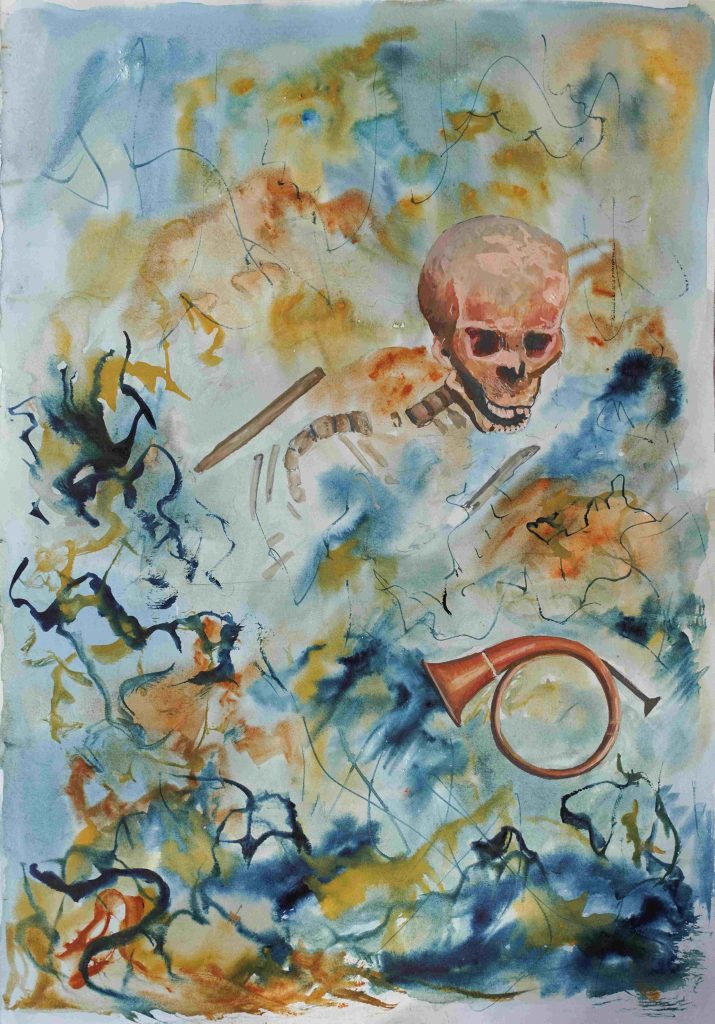
So Fionn mac Cumhaill stands for human history and the river stands for environmental history?
Perhaps, although this way of framing it might suggest that Joyce held the two separately in his mind. In another description of his project, Joyce merges the nonhuman environment with human histories quite explicitly: ‘Time and the river and the mountain are the real heroes of my book. Yet the elements are exactly what every novelist might use: man and woman, birth, childhood, night, sleep, marriage, prayer, death.’ With this collection, we wanted to really explore the idea that Joyce’s experimental style in Finnegans Wake is an attempt, in part, to layer and merge human and nonhuman perspectives in his work.
How does your book add to what previous critics have said about the Wake?
Broadly speaking, there have been two main ways of approaching Finnegans Wake, which we might divide into the ‘anthropocentric’ (i.e. human-centred) and the ‘biocentric’ (i.e. readings that foreground nonhuman bodies, experiences, and perspectives). Some scholars are interested in the Wake’s treatment of Irish, European, and global history and culture while others, especially in recent years, have focused on the novel’s representations of the nonhuman world. We wanted to bring these two strands of Joyce criticism together, out of the conviction that historicist and nonhuman perspectives on their own will always fail to grasp some part of the Wake’s investment in the interconnectedness of the micro and the macroscopic, the local and the universal, the human and that which the human calls nonhuman.
Isn’t Joyce usually thought of as an urban writer?
Joyce was very interested in cities – especially Dublin, which, he reportedly argued, could be reconstructed out of his writings if the city ever ‘suddenly disappeared from the Earth’. But Finnegans Wake is particularly open to nonhuman studies approaches, given its recurrent representations of the earth, nonhuman animals and diverse technologies, with even its ‘human’ characters constantly metamorphosing into mountains, trees, stones, rivers, clouds, earwigs, ants, grasshoppers, and radio sets.
Sounds freaky! What topics do the contributors discuss in their chapters?
The book features groundbreaking chapters from Katherine Ebury, Katherine O’Callaghan, Shinjini Chattopadhyay, Laura Gibbs, Annalisa Volpone, Christopher DeVault, Sam Slote, Ruben Borg, Michelle Witen, and Ronan Crowley. The contributors cover a wide range of human and nonhuman subjects in the book, including fossil fuels, storms, bodies of water, bodily fluids, the Irish Revival, skin, wolves, mourning rituals, genes and memes, atoms, music, and Joyce’s working practices. So there’s something for everyone!
What kind of theoretical approaches do the contributors adopt in their work?
The chapters are informed by a variety of approaches and contexts, that range from the blue humanities and ecofeminism to psychoanalysis and labour studies, and which draw on the work of thinkers such as Donna J. Haraway, Jane Bennett, Jacques Derrida, Julia Kristeva, Giorgio Agamben, Charles Darwin, Sigmund Freud, Astrida Neimanis, Gilles Deleuze and Félix Guattari.
Is Finnegans Wake – Human and Nonhuman Histories available now?
Yes! You can buy Finnegans Wake – Human and Nonhuman Histories from the Edinburgh University Press website – or ask your library to order a copy!
About the authors
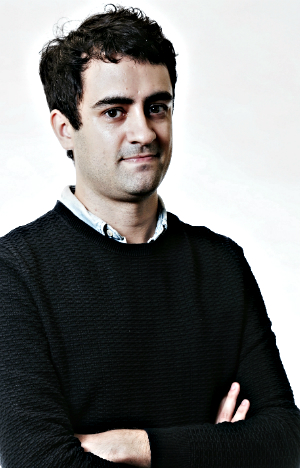
Richard Barlow is an Associate Lecturer at the University of St Andrews. His most recent book is Modern Irish and Scottish Literature: Connections, Contrasts, Celticisms (Oxford University Press, 2023).
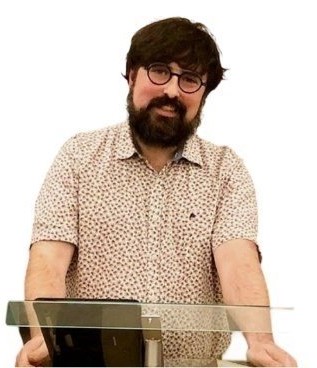
Paul Fagan is a Research Fellow at LMU Munich, and the leader of the Research Ireland project Celibacy in Irish Women’s Writing, 1860s–1950s. He is a co-founder of the International Flann O’Brien Society and the Journal of Flann O’Brien Studies.



